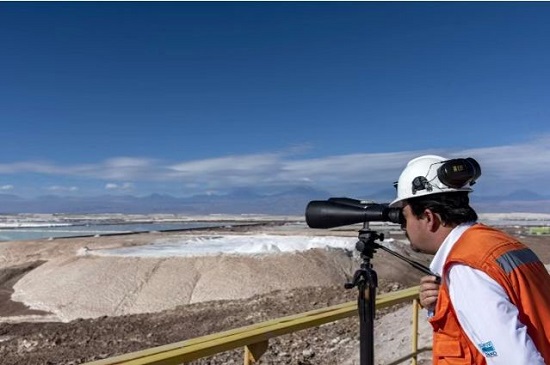A wave of electric cars has sparked competition for lithium minerals, companies around the world compete for lithium resources, and producers are better off with long-term contracts.
Competition
A few months ago, Tesla Inc. signed a three-year deal with GF Lithium to supply battery grade lithium hydroxide. Investors were thrilled by the news.
Also, the battle for Millennial Lithium Corp. is heating up. Others in the industry are also scrambling to secure lithium supplies.

battery lithium minerals
With the EV market growing in volume and set to remain in high demand for some time, the importance of locking in the raw materials to build new-age vehicles is clear, with global lithium consumption expected to increase fourfold by the end of 2020.
The price of lithium, the main ingredient in most electric vehicle batteries, has been boosted to recent highs, with the price hitting a record high in China.
With supply shortages looming, what better way to secure long-term contracts and acquire lithium mines now?
The problem is that the companies vying to lay out the electric vehicle supply chain appear to be competing fiercely for lithium. Tesla’s deal, for all its attention, effectively renewed a contract originally signed in 2018.
The contract three years ago accounted for 20 percent of GF lithium hydroxide production. This time, neither price nor quantity of the new contract were disclosed.
In late September, CATL had been competing with GF Lithium to buy Canadian exploration and mining company Millennium Lithium, but shortly after that, Lithium Americas announced it was buying the company.
The Chinese company also has a seven-year contract with LG Energy Solution, LG could start making batteries for Tesla in 2023. British volt Ltd is planning to build the U.K. ‘s first major battery factory.
Supply & demand
Is there enough lithium to meet the needs of manufacturers, battery makers and car companies? Could the true supply and demand of the silvery metal be distorted?
These questions are worth thinking about. Given the demand for lithium, producers would seem better off with some long-term contracts.
Demand for lithium is expected to outstrip supply by 2025, as more than 150 battery makers have announced expansion plans. But even if miners and other companies start investing in projects now, deliveries will take 7 to 10 years.
In the current decade, as the promise of electric vehicles becomes a reality, increasing investment in lithium will be needed, to $20 billion in 2025-2030 and several times that amount in subsequent years.
Demand for lithium is tied to the success of electric car and battery technologies, but when everyone is stockpiling lithium, even without clear information about future battery or car production, there is no telling which technology will be most popular.
Visible, there is a risk that price rises ahead of time. The last time that happened, the industry consolidated and began to look like a monopoly alliance, with the vast majority of control in the hands of a few companies.
In the meantime, the question of affordability of electric cars and batteries will continue, perhaps even more so if the cost of raw materials eats into profits and prevents real technological progress, so perhaps it’s better to let the boom cool!



